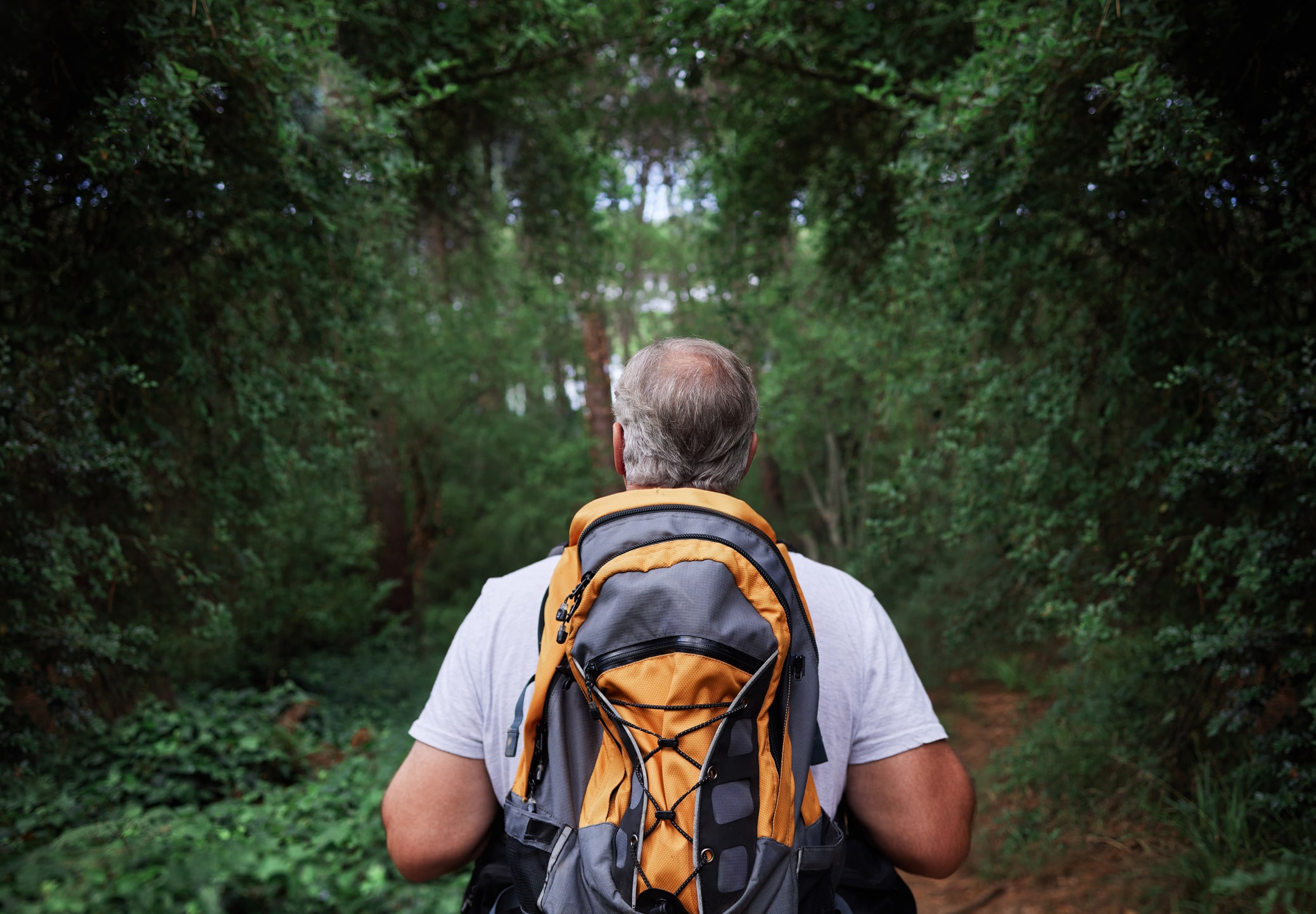Natural and man-made disasters are becoming more and more of a fear in the modern world, and it’s no wonder why. The world feels, in many ways, more volatile than it has been in many people’s lives. Self-reliance is forefront on many people’s minds as we realize how fragile most government and emergency services are. So what to do then? Training is crucial, in firearms, self defense, outdoors skills, and first aid. Fitness is also crucial. It does no good to have all the equipment in the world if a heart attack kills you when the stress hits.
Another thing you can have, though, that brings tangible benefits, is a bug out bag.
What is it?
A bug out bag, or 72 hour bag, is an emergency kit with everything you’ll need to survive for a few days should you need to leave your house. Note, it’s everything you’ll need to survive, not necessarily to be comfortable. Having an emergency kit, freeze dried food, and water stored is great, but a bug out bag is specifically for when you can’t stay in your home. You can purchase a variety of pre-made options, but even these will likely need to be supplemented with additional gear. As such, it usually makes sense to construct your own bag from scratch. Acquire your gear first. You can purchase the bag later.
As such, an important factor to a bug out bag is weight. Most people vastly overestimate their ability to carry weight over distance, and so some hard choices will likely need to be made.
Let’s get started.
Know Your Region
The first thing you need need to know when planning a bug out bag is what sort of area you live in. Are you in a desert region, or the Pacific Northwest? Swampy marshland or dense forest? These details are going to greatly affect the type of gear you’ll need. Moreover, you’ll need to know what the weather is like year round, because a disaster could strike at any time.
Know the Plan
The next thing you need to consider is where you’ll go. What is your plan? It’s not a viable strategy to just ‘go’. You need a destination in mind. You need a backup as well, or several. Consider carefully your options.
Along the same line of thinking, you need to realistically appraise your skills and fitness. It does no good to plan a ten day trek to your cabin when you’ll collapse after two. Always be working to improve your fitness, but also construct a plan which can be accomplished. Plan several routes to each possible destination, and decide ahead of time what factors will dictate what path.
Get the Gear
Now comes (for many people) the fun part.
You’ll need food and water, at least 72 hours worth per person, though your routes and destinations will affect that number. You’ll need light options and fire options, for obvious reasons. A first aid kit is essential. You’ll also need navigation tools, hygiene products, and clothing. Shelter will be necessary, as well. You’ll also want a solid fixed blade knife, as well as some sort of firearm.
Once you begin to acquire the gear for your bag, continue training. While many people glorify the idea of post-apocalyptic gun fights, the reality is shelter, food, and warmth will be far more crucial.

